‘This isn't just silver — it's a story of a man who fell in love with a woman who society deemed unworthy': The large silver sculpture of rutting stags that scandalised Victorian society
George Harry Grey, the 7th Earl of Stamford, was shunned when he married a circus performer. This sculpture was his way of showing the world that he was a fighter — and it's now been acquired by the National Trust.
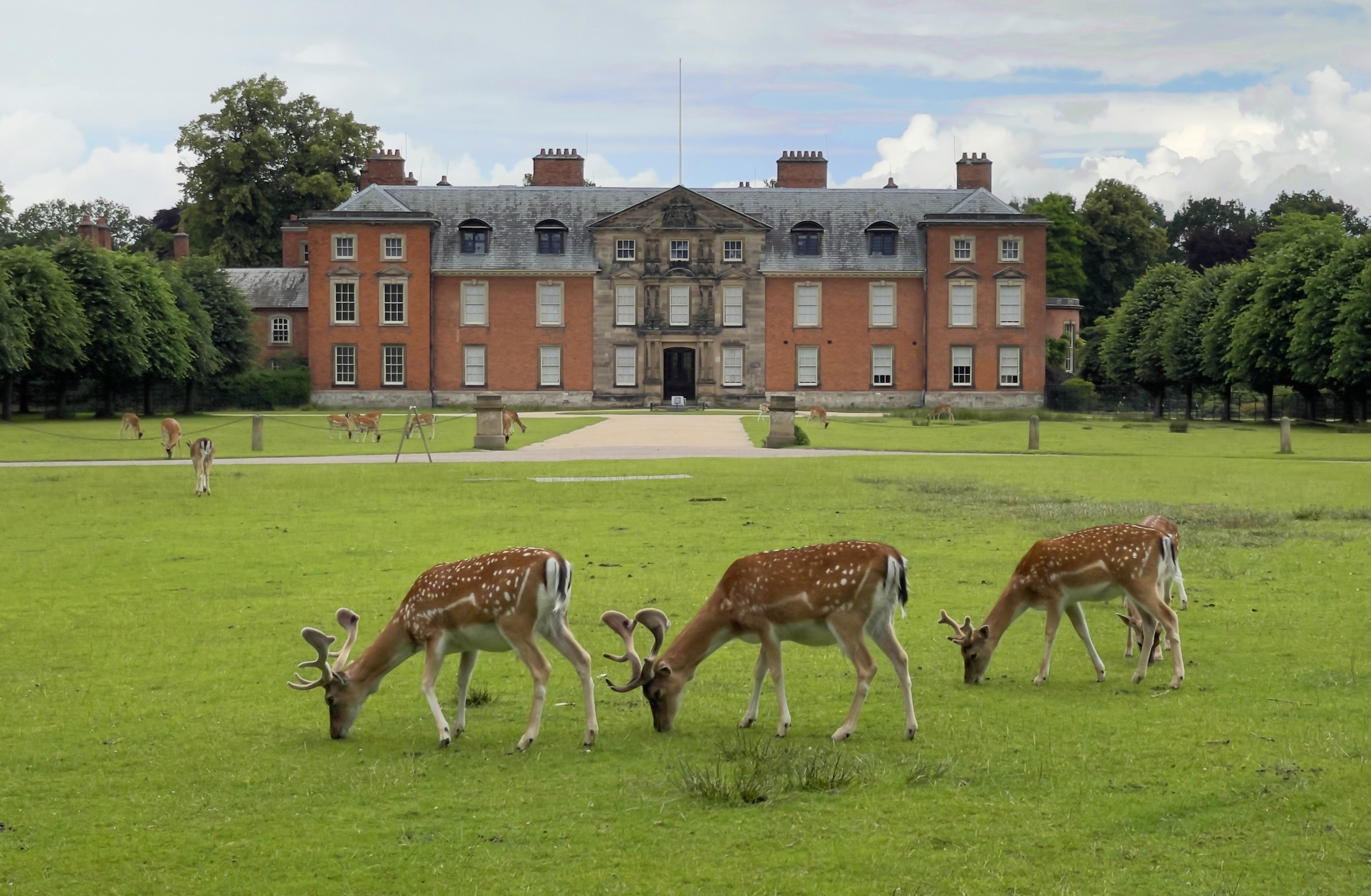

As rebellious acts go, commissioning a large silver sculpture of rutting stags may seem tame by Lady Godiva’s standards, but it caused quite a stir in Victorian society. Until recently, it was assumed that the famous centrepiece Stags in Bradgate Park had been melted down and lost forever; recently re-identified, it has been acquired by the National Trust and can now be seen amid the collection at Dunham Massey, Cheshire.
After George Harry Grey, the 7th Earl of Stamford, married circus performer Catharine Cox, the couple was ostracised by Society. Queen Victoria apparently snubbed them at the opera and local gentry did the same at horse-racing events. They retreated from their home, Dunham Massey, to Bradgate Park in Leicestershire where they had a grand new house built, and it was there, in 1855, that the Earl felt inspired to make a landmark commission — his way of showing the world that he was a fighter. Bradgate was, incidentally, the childhood home of Lady Jane Grey a few centuries previously.
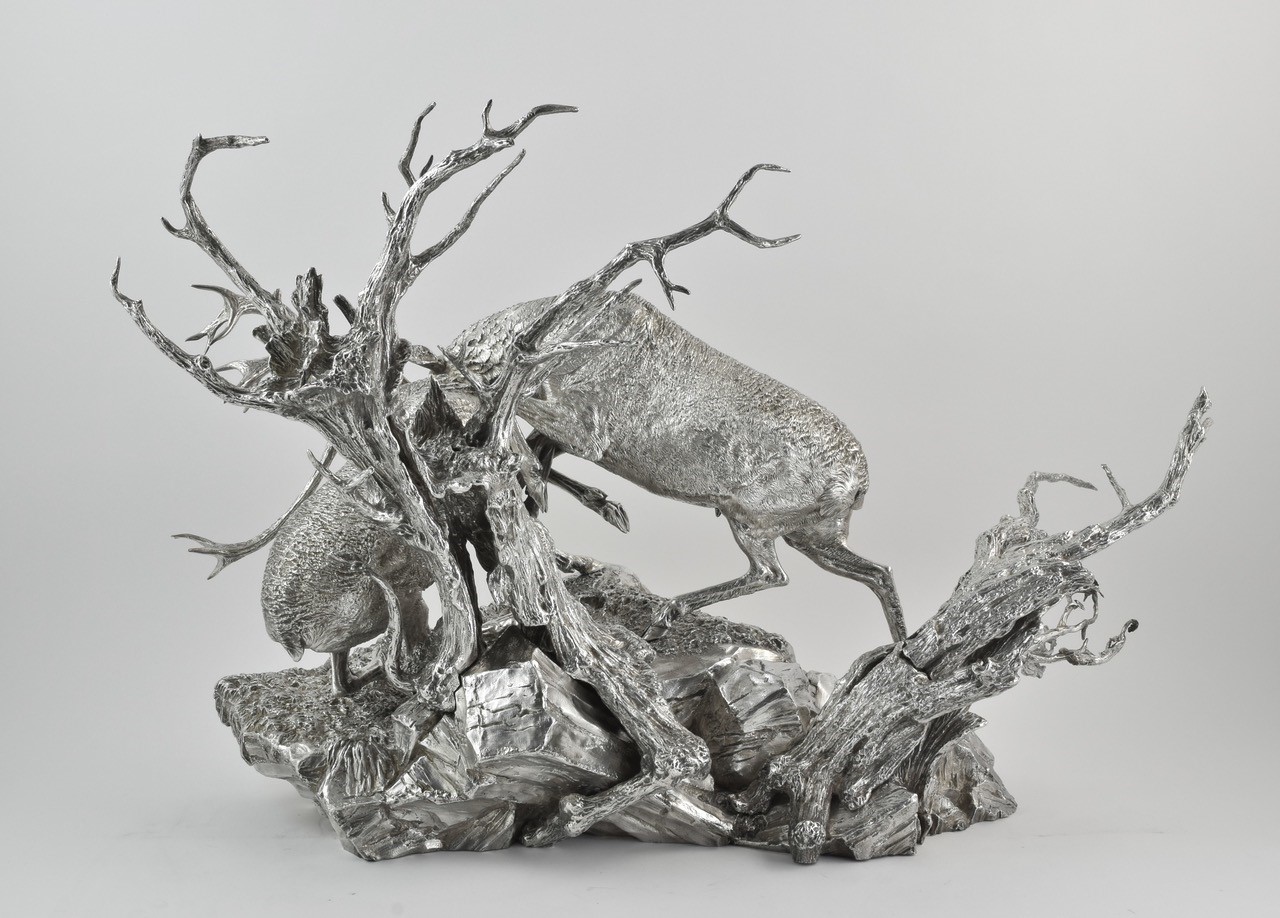
'Stags in Bradgate Park' featured in the Illustrated London News and enthralled millions of visitors at the London International Exhibition of 1862.
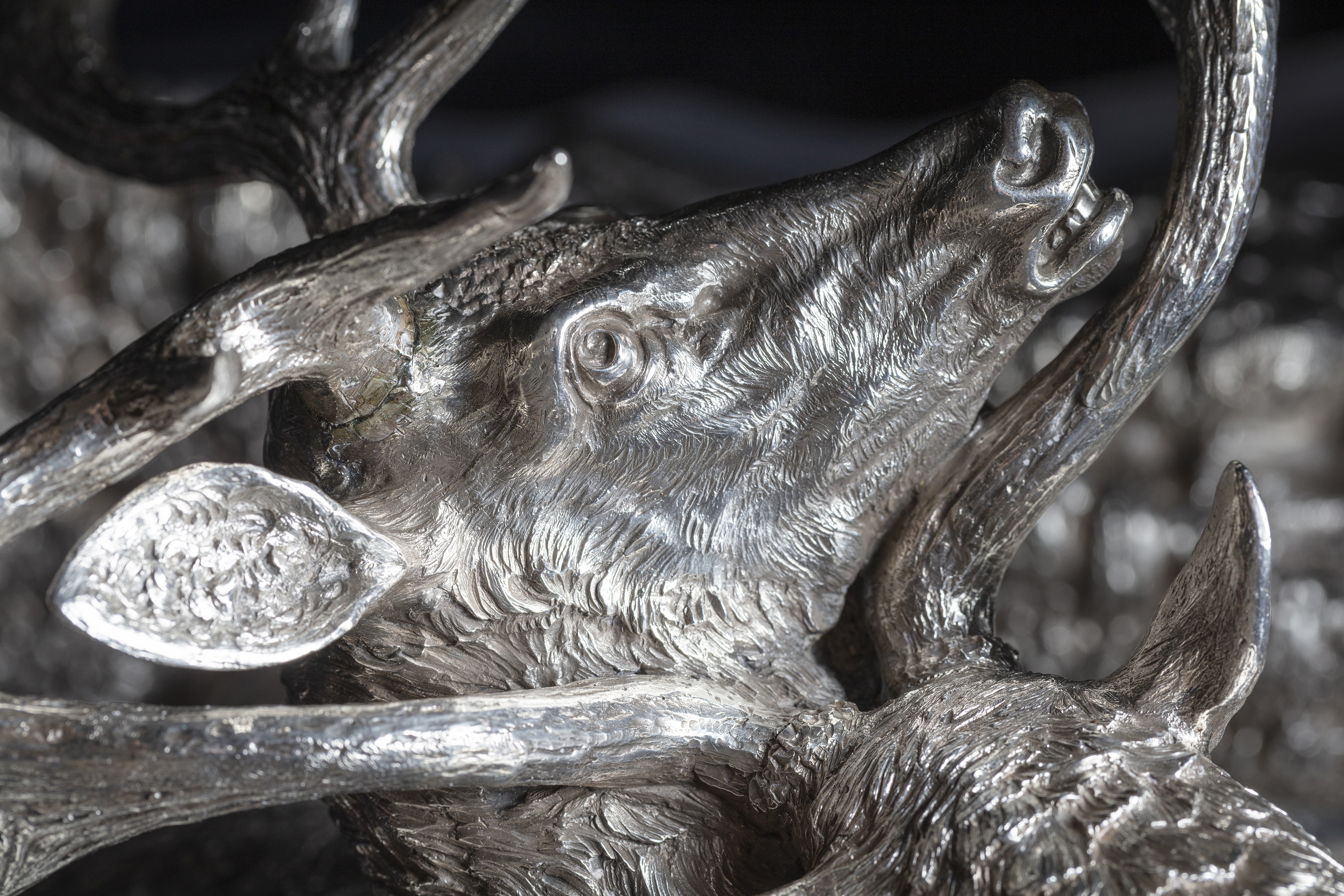
Close-up detailing of the sculpture.
‘This isn't just silver — it's a story. A story of a man who fell in love with a woman who society deemed unworthy,' says National Trust curator for decorative arts James Rothwell. 'Ostracised and humiliated, the Earl and Countess finally had enough and left Dunham Massey — but not quietly. They took the family treasures with them to their other houses including Bradgate, the ancient family seat in Leicestershire, where they were welcomed in total contrast to what had happened to them back in Cheshire. It was Bradgate that inspired the Earl to commission one of the most extraordinary silver sculptures of the 19th century.'
Stags in Bradgate Park, modelled by Alfred Brown and crafted by royal goldsmith Hunt & Roskell, was a 'sensation'. It featured in the Illustrated London News and enthralled millions of visitors at the London International Exhibition of 1862 and the Paris Exposition Universelle of 1867, inspiring a reaction similar to that garnered by the YBAs in the 1990s.
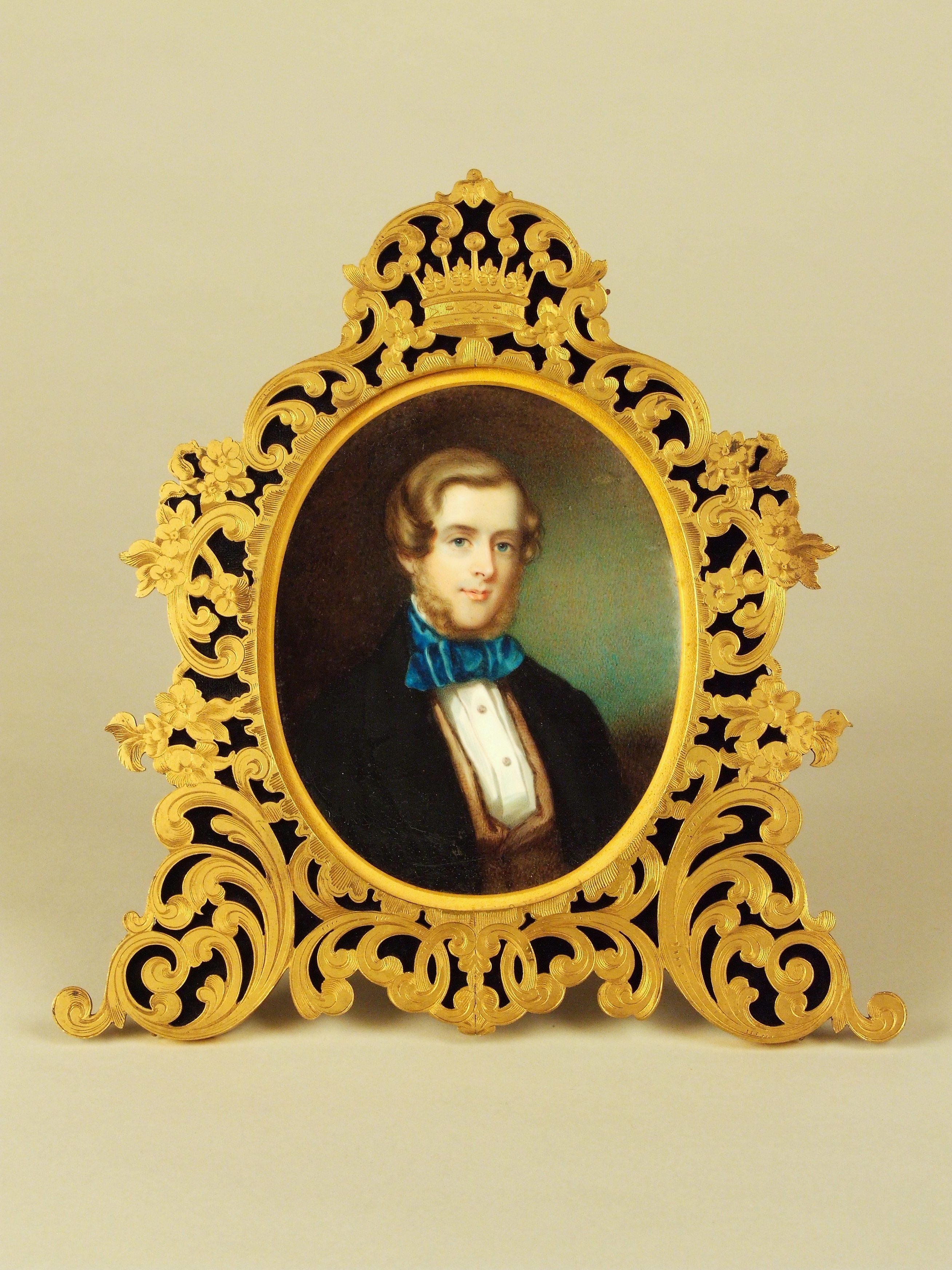
George Harry Grey — the 7th Earl of Stamford
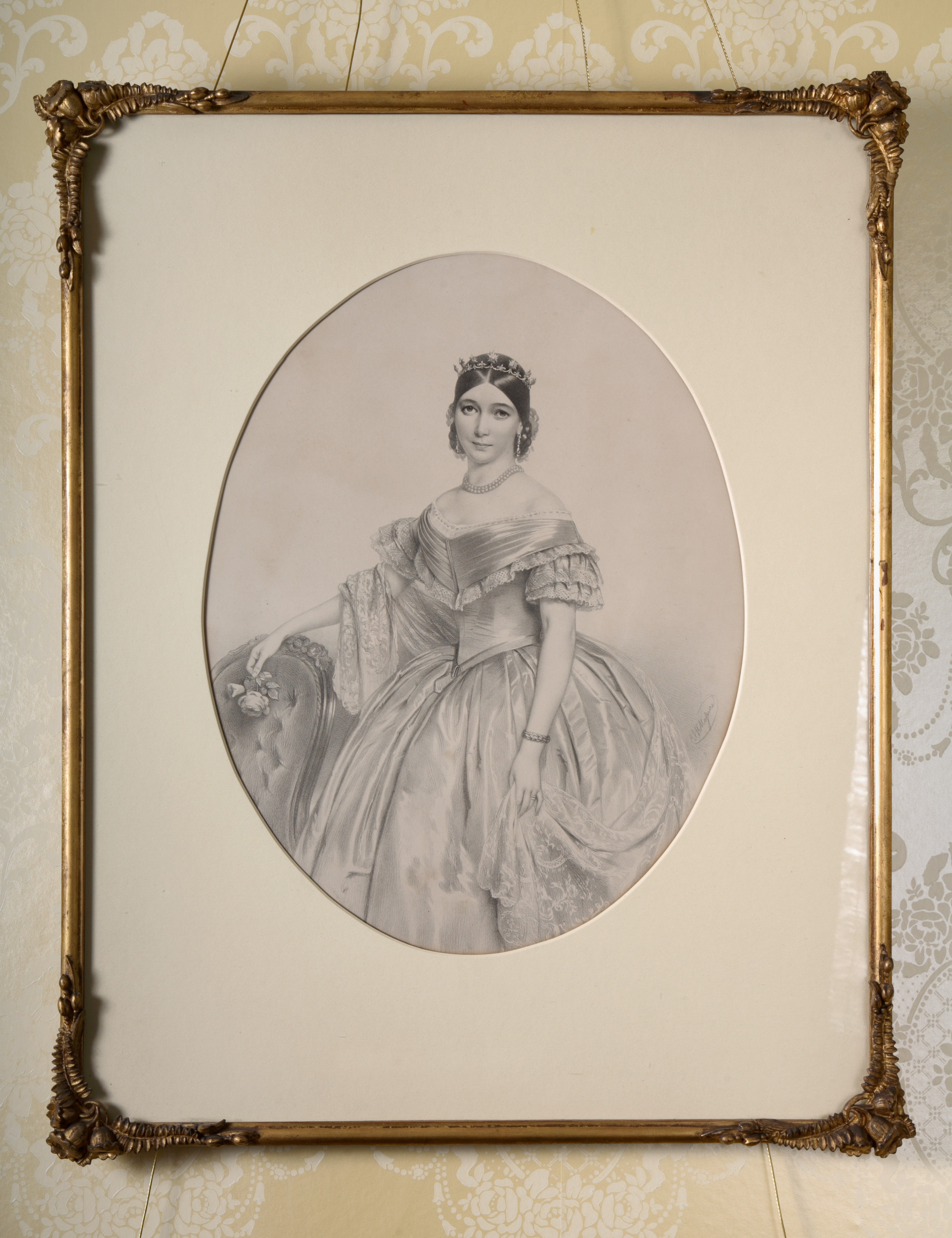
Catherine Cox — the Countess of Stamford
‘Anyone who’s ever fallen in love with someone others didn’t approve of — whether it was your parents, your friends, or society itself — will feel something when they hear this story,’ adds Emma Campagnaro, Dunham Massey’s property curator. ‘This piece of silver is a monument to love that refused to conform and to the power of art to speak when words fail. The sculpture is not only a technical marvel, with its lifelike depiction of Bradgate Park’s rugged landscape and wildlife, but also a dramatic human story key to the history of Dunham Massey. It speaks of nature, of craftsmanship, and of a couple who chose each other over status and what others thought of them.’
For more information visit the National Trust website
Exquisite houses, the beauty of Nature, and how to get the most from your life, straight to your inbox.
Annunciata is director of contemporary art gallery TIN MAN ART and an award-winning journalist specialising in art, culture and property. Previously, she was Country Life’s News & Property Editor. Before that, she worked at The Sunday Times Travel Magazine, researched for a historical biographer and co-founded a literary, art and music festival in Oxfordshire. Lancashire-born, she lives in Hampshire with a husband, two daughters and a mischievous pug.
-
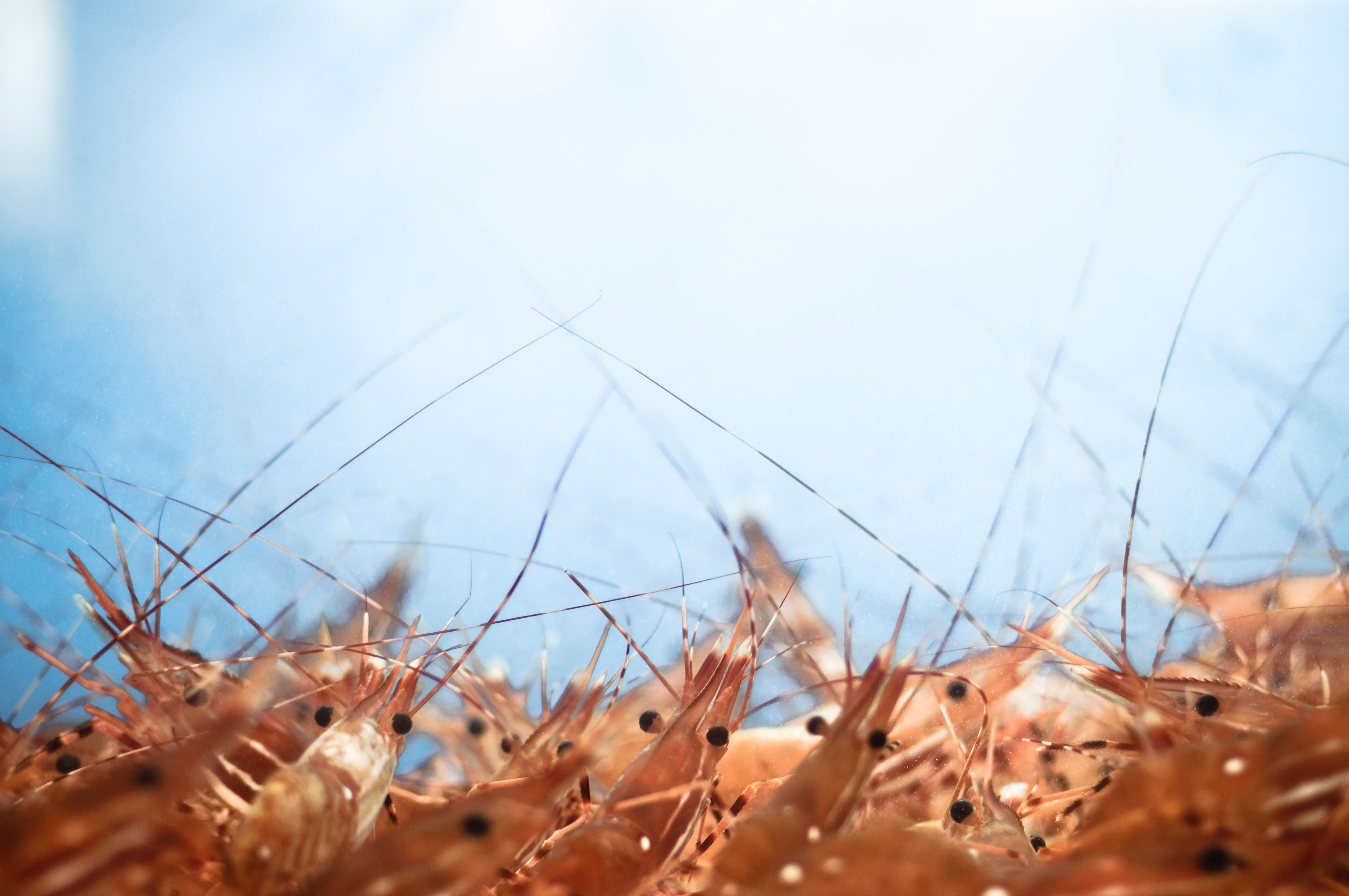 Farmers of Britain, go forth and grow prawns
Farmers of Britain, go forth and grow prawnsA new study has proposed that farmers could start growing king prawns to diversify income streams.
-
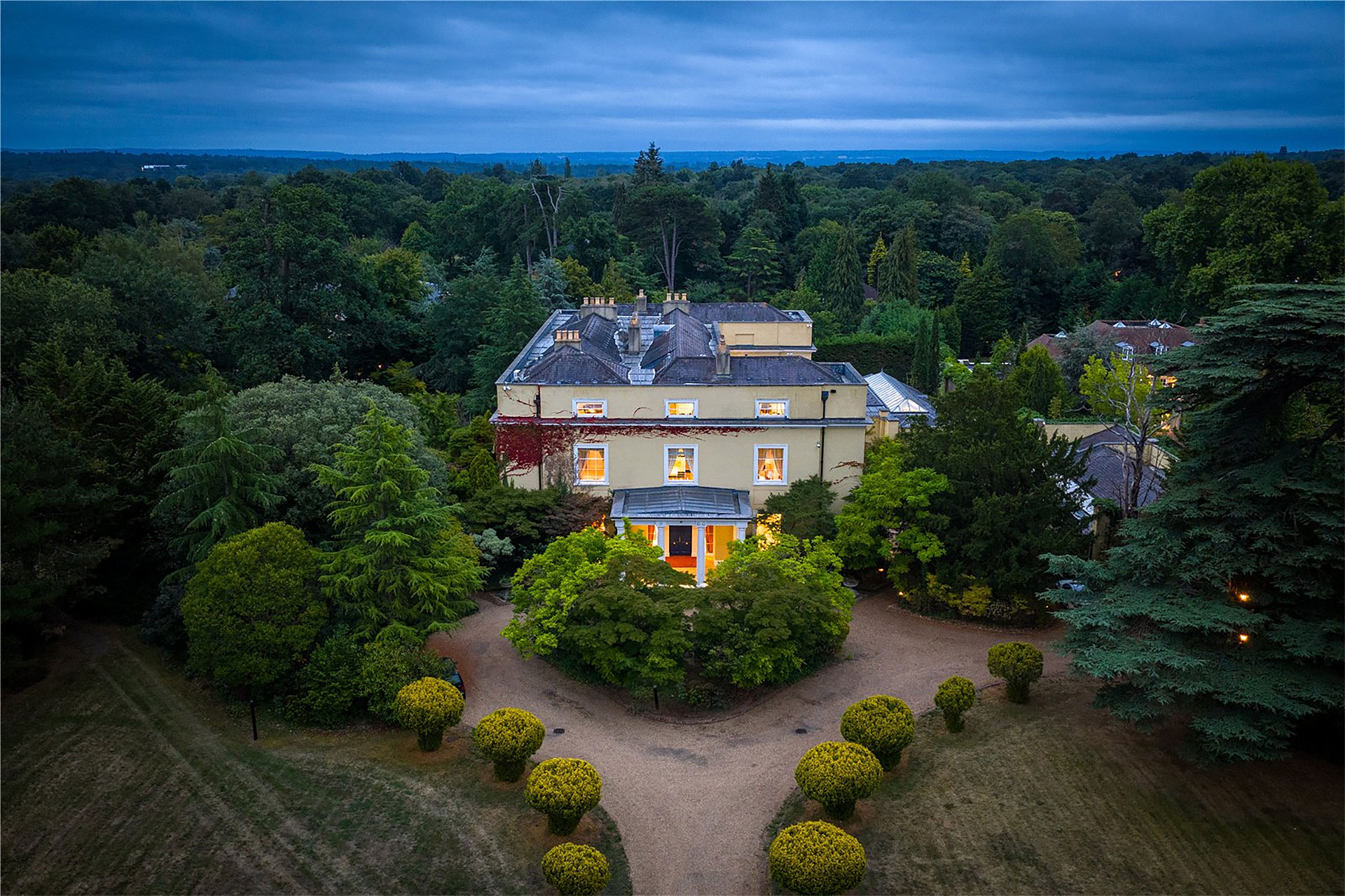 'A masterpiece of timeless elegance' for sale on the charmed Surrey estate once owned by Henry VIII and the Guinness family
'A masterpiece of timeless elegance' for sale on the charmed Surrey estate once owned by Henry VIII and the Guinness familyThe Manor House in Burwood Park is a grand, enormous and undeniably impressive. Annabel Dixon takes a look.
-
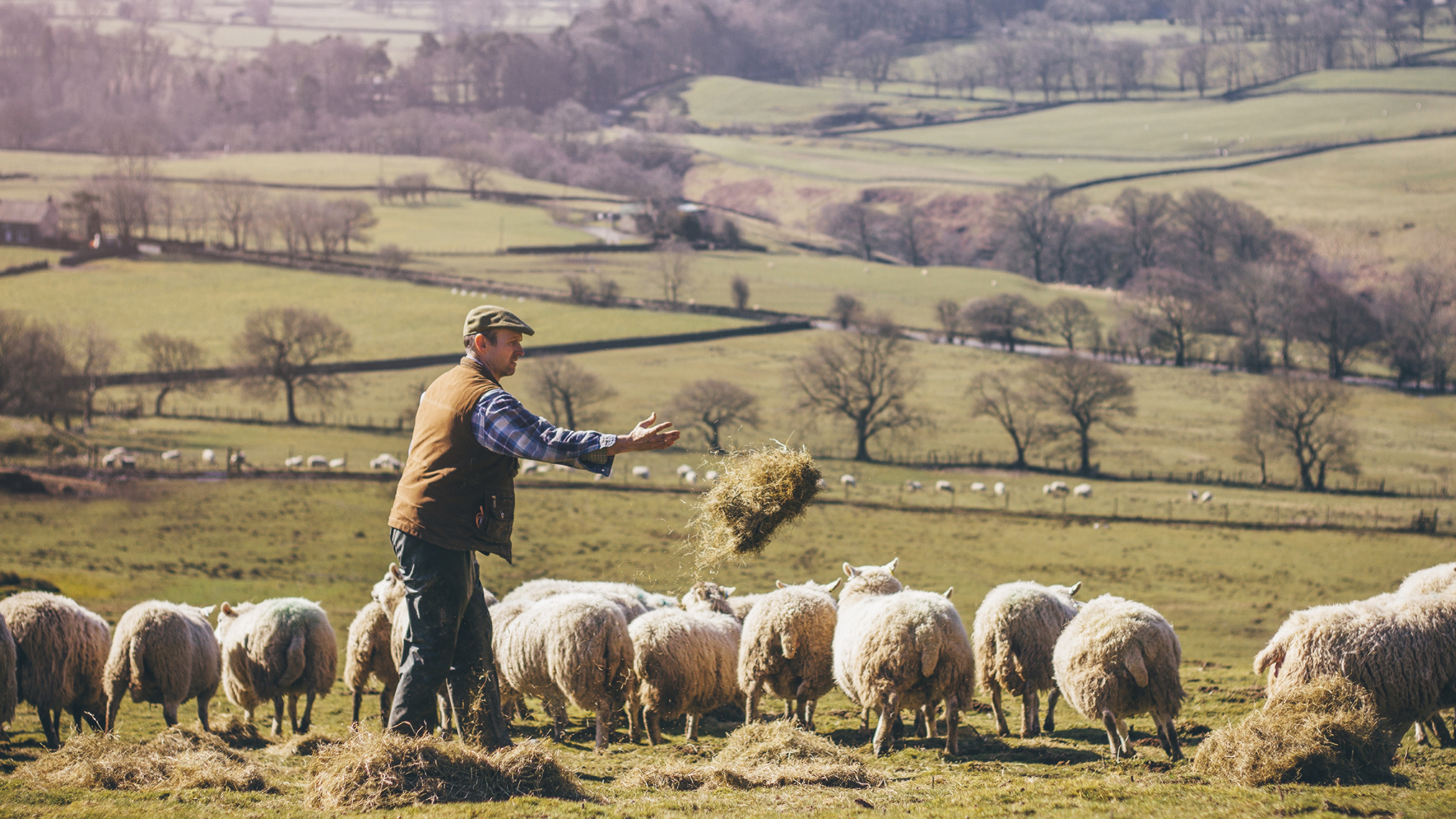 I was Jeremy Hunt’s main political adviser and helped put together multiple Autumn Statements and Budgets. This is what I think Rachel Reeves’s Budget means for the countryside
I was Jeremy Hunt’s main political adviser and helped put together multiple Autumn Statements and Budgets. This is what I think Rachel Reeves’s Budget means for the countrysideAdam Smith, former chief of staff to the Chancellor of the Exchequer, reflects on what last week's Budget means for the countryside and how we ensure the rural voice is heard loudly inside Budget preparations.
-
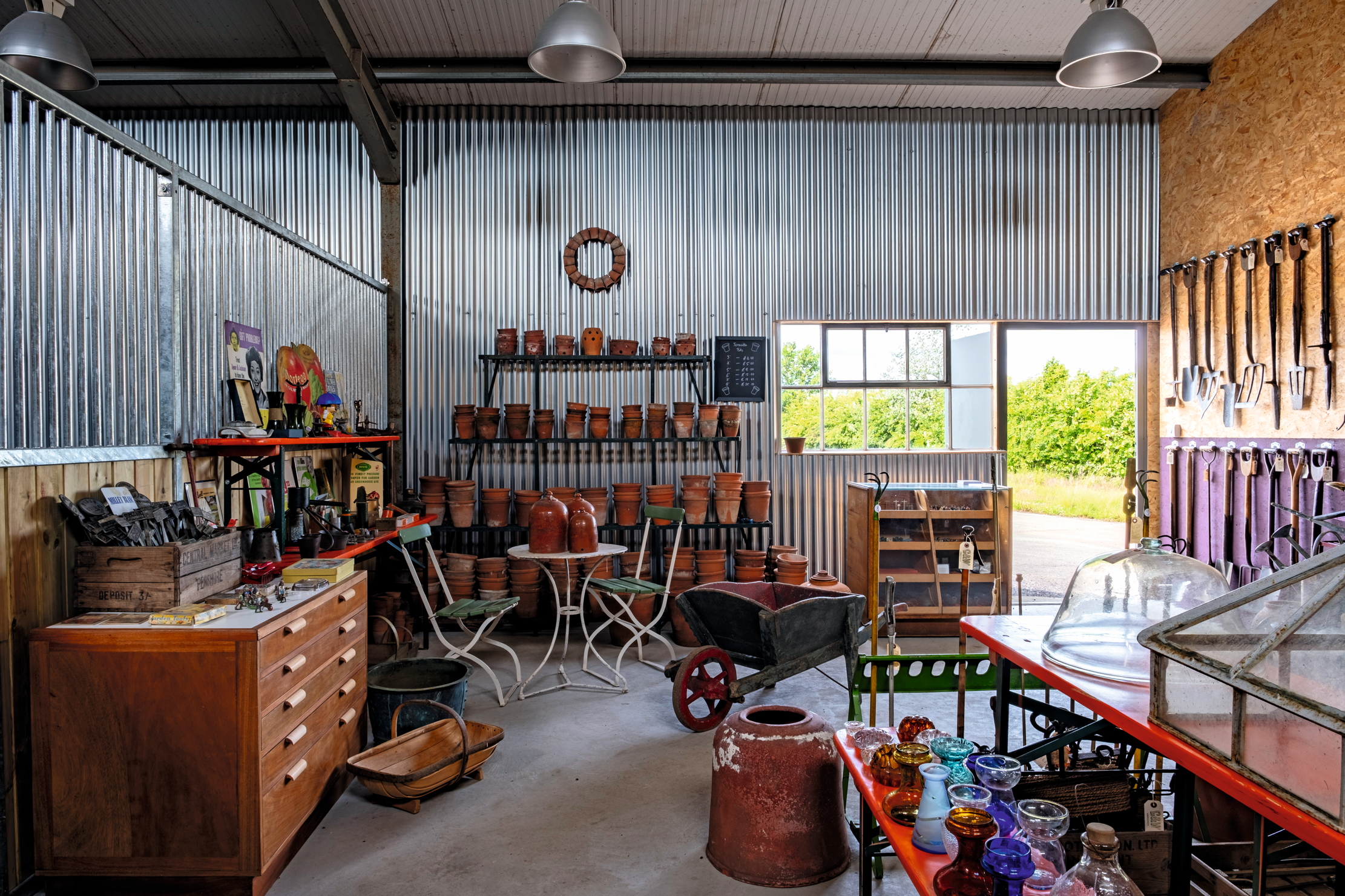 When it comes to making the perfect garden tool, the past has all the answers
When it comes to making the perfect garden tool, the past has all the answersMary Keen visits Garden & Wood, the mecca for dedicated gardeners who prefer using tools made in the 1940s
-
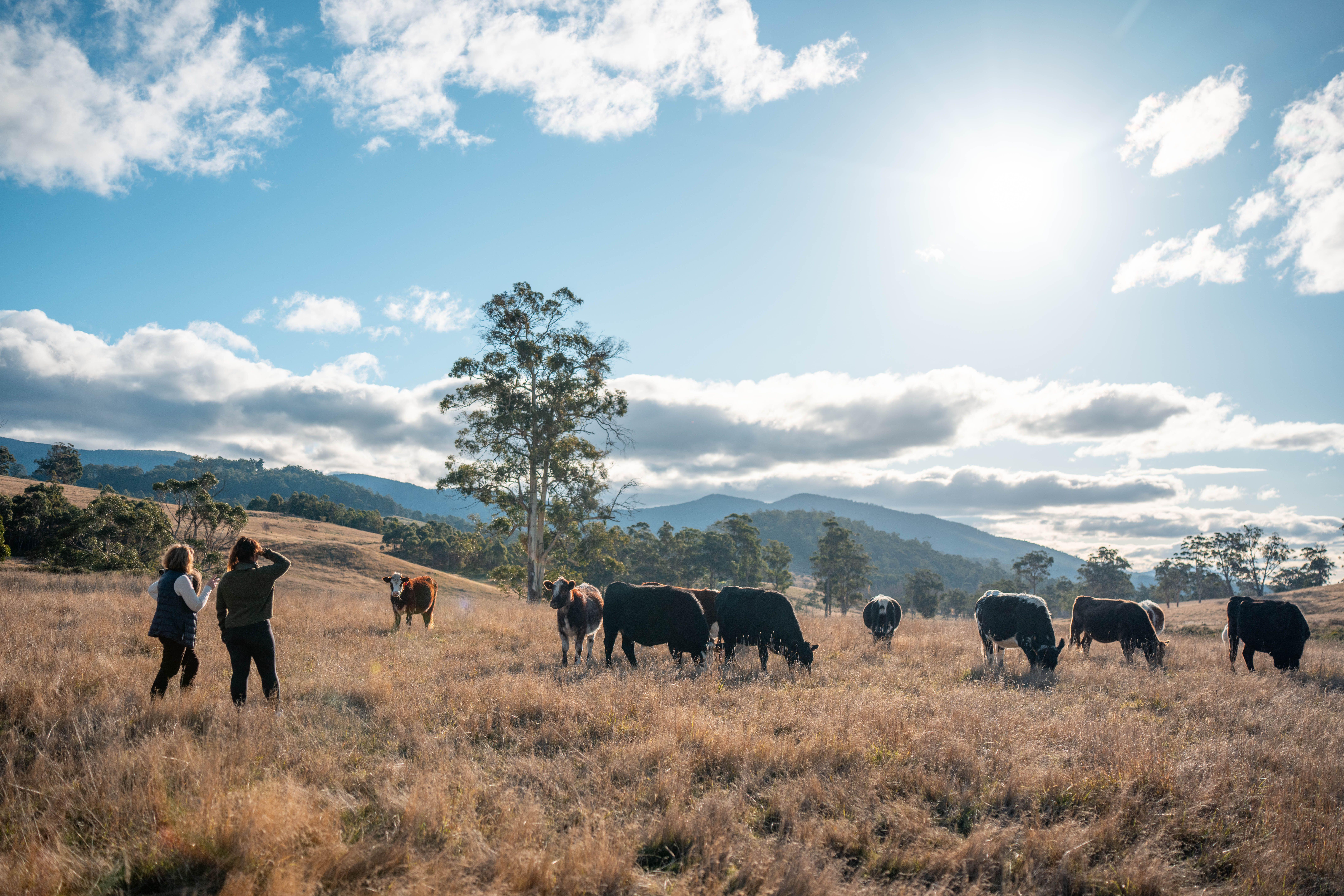 The Budget: What do we need to fix a broken countryside, and what will we get?
The Budget: What do we need to fix a broken countryside, and what will we get?With the Autumn Budget looming, countryside and heritage organisations reveal what they are hoping to hear to fix the turmoil — and what they are dreading
-
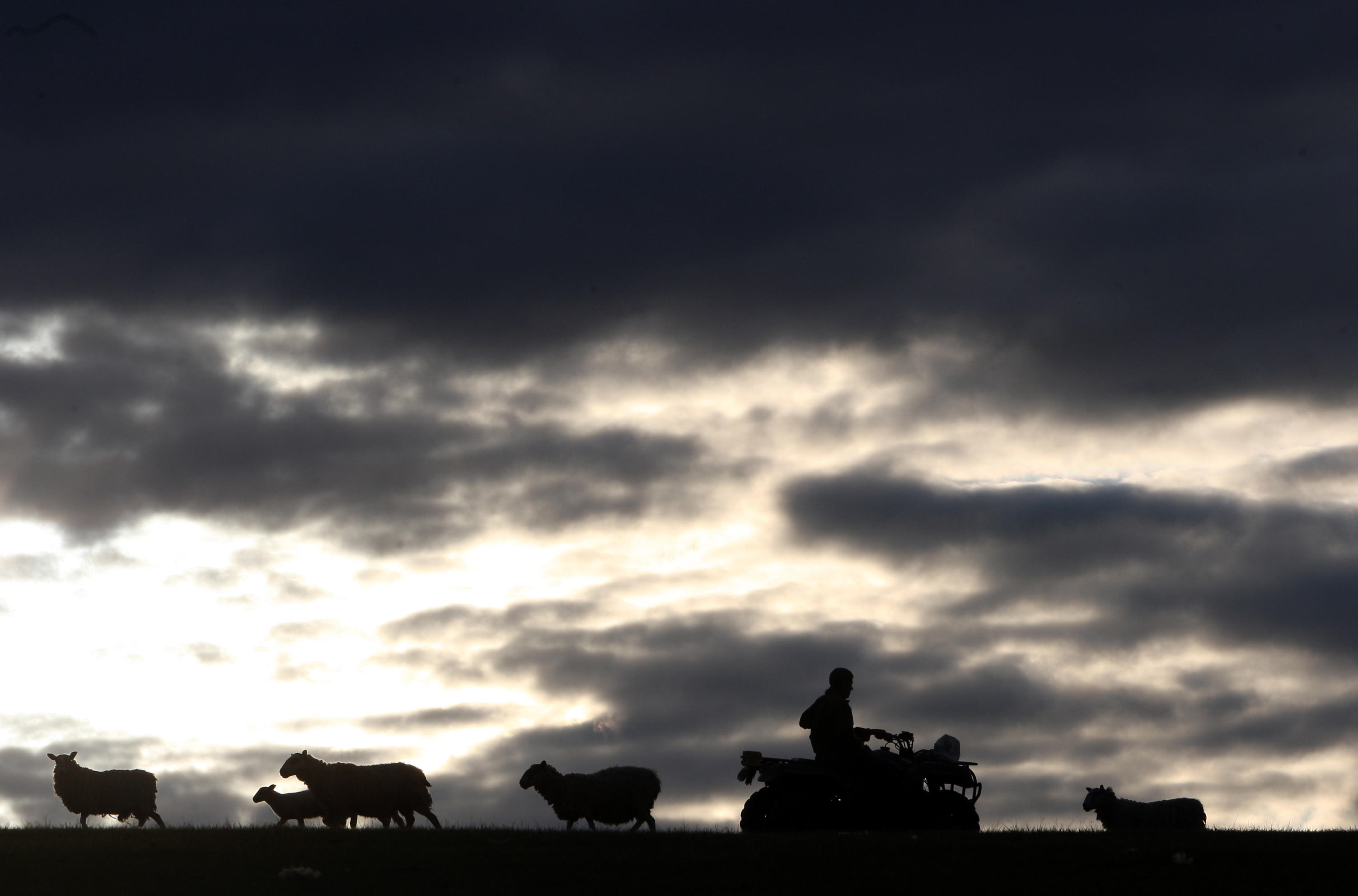 'I’m going to be the first in more than 100 years to sell anything off': How the upcoming budget uncertainty is impacting young farmers
'I’m going to be the first in more than 100 years to sell anything off': How the upcoming budget uncertainty is impacting young farmersChanges to inheritance tax, property relief and Defra budgets will likely change Britian's rural landscape. We ask the next generation of farmers what they think their future will look like.
-
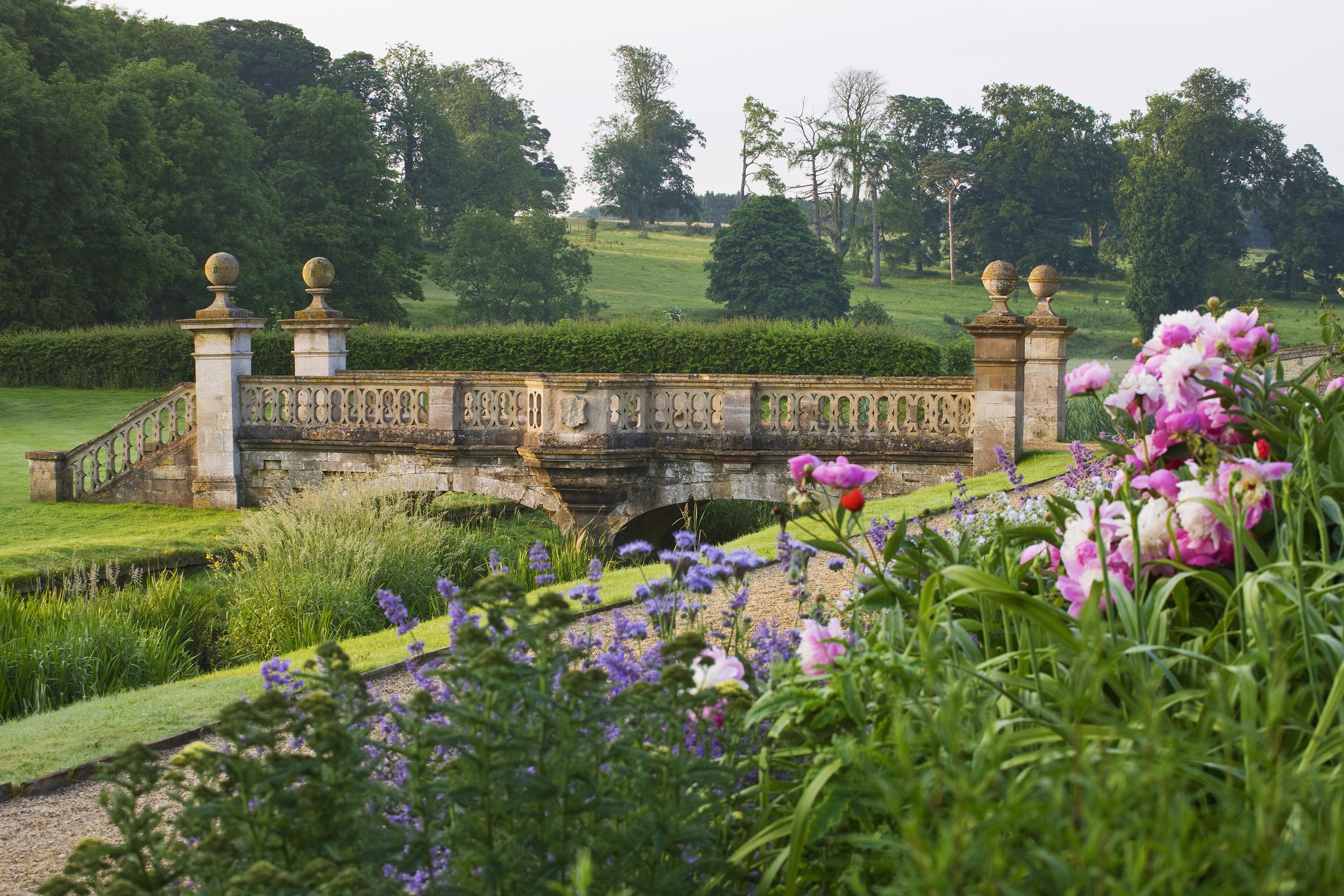 'A dream of Nirvana... almost too good to be true': The sweet peas of Easton Walled Gardens, and how you can replicate their success at home
'A dream of Nirvana... almost too good to be true': The sweet peas of Easton Walled Gardens, and how you can replicate their success at homeUrsula Cholmeley, who has spent 25 years restoring Easton Walled Gardens, recommends sowing sweet peas now for stronger plants that will better withstand the weather.
-
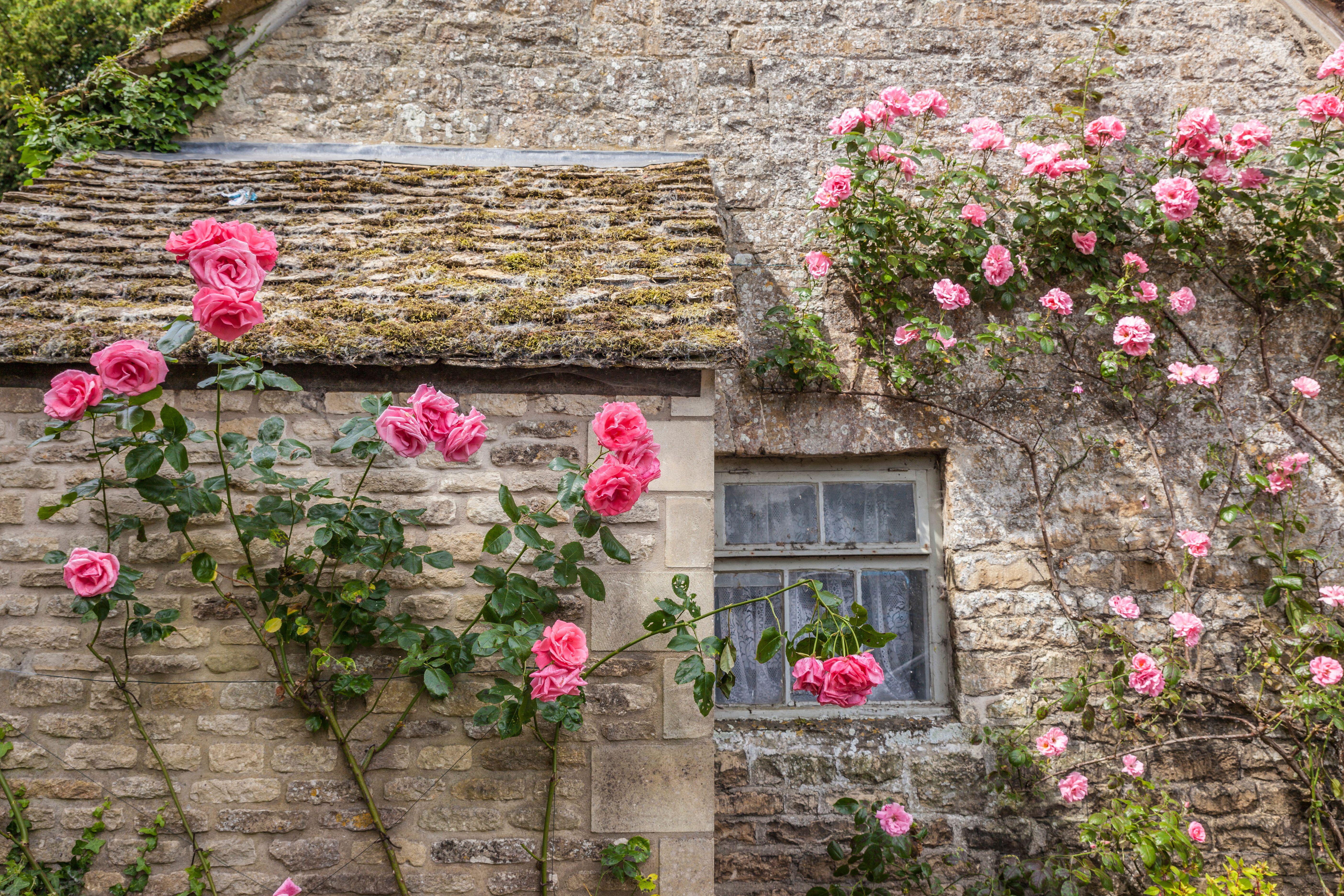 How to choose the perfect rose this bare root season
How to choose the perfect rose this bare root seasonLooks can be deceiving: bare root roses are hardier and more sustainable than potted ones, says Tabi Jackson Gee, who moved to a cottage in Wiltshire and went about finding the perfect plant. You just need patience.
-
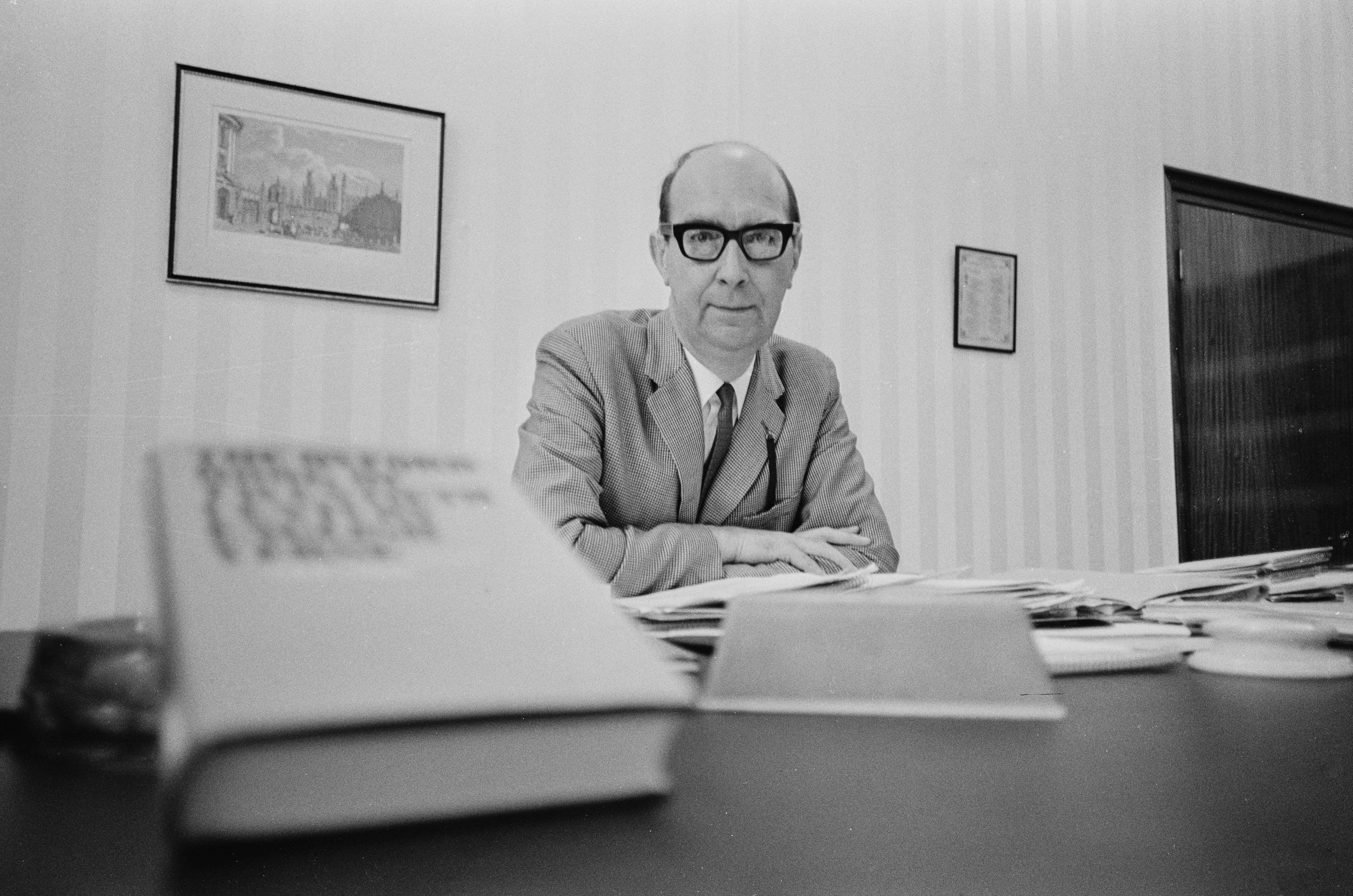 An unfenced existence: Philip Larkin's love of the countryside
An unfenced existence: Philip Larkin's love of the countrysideRichard Barnett pokes at Larkin’s protective carapace of soot-stained gloom and finds a writer with an unillusioned yet tenderly perceptive sense of Nature, in all its beauty and indifference
-
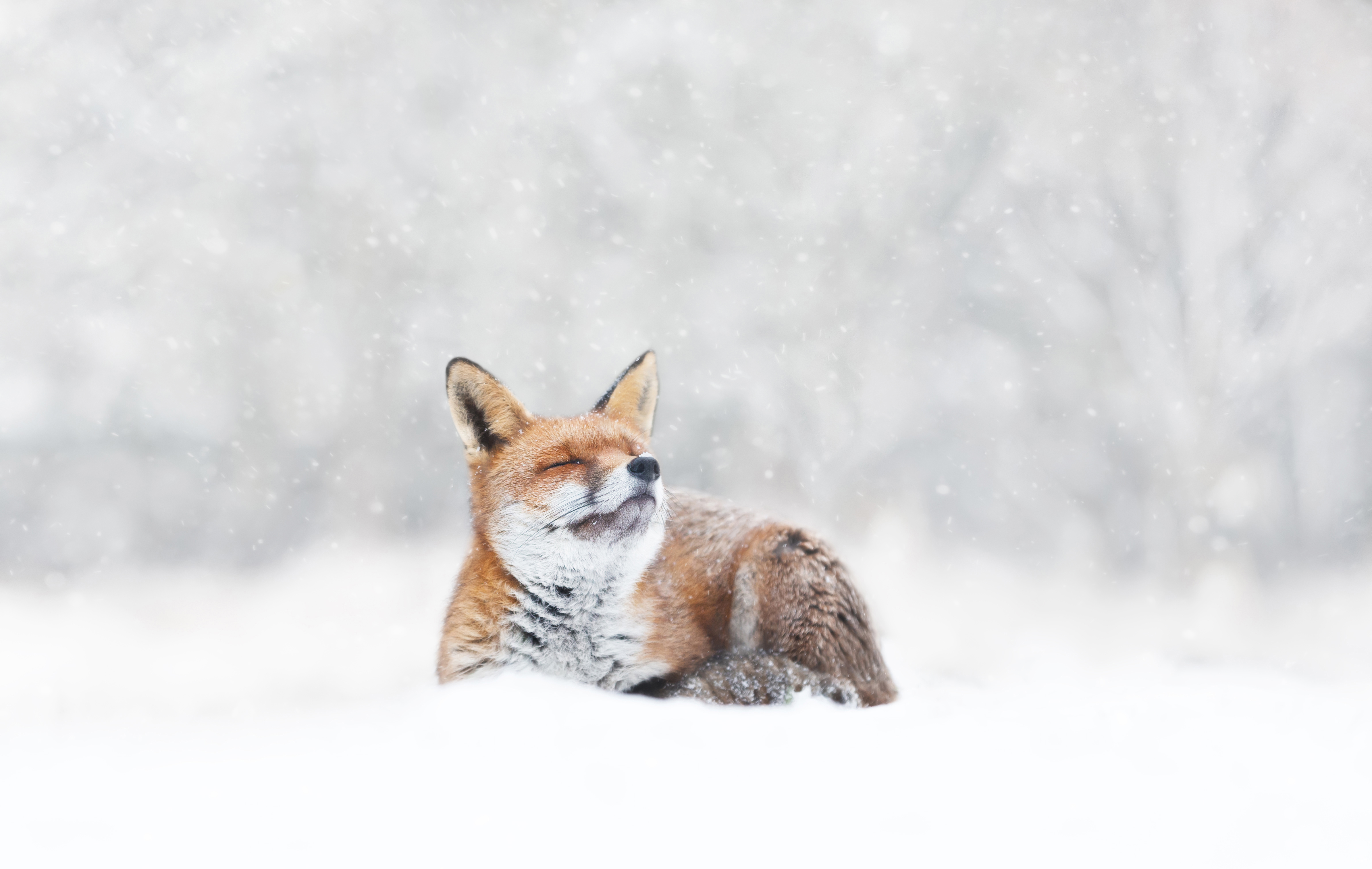 Baby, it’s cold outside (even if you have a natural fur coat): How our animals brave the winter chill
Baby, it’s cold outside (even if you have a natural fur coat): How our animals brave the winter chillWhen the temperature drops, how do Britain’s birds, beasts and plants keep the cold at bay? John Lewis-Stempel reveals Nature’s own thermals.
